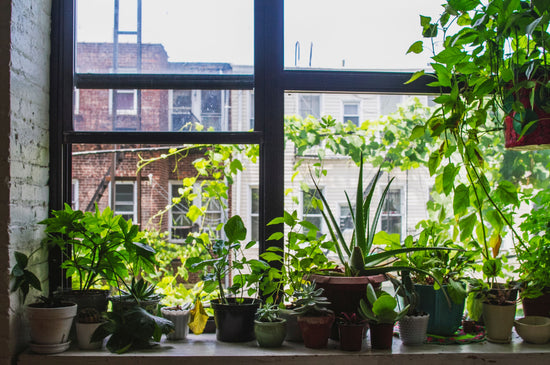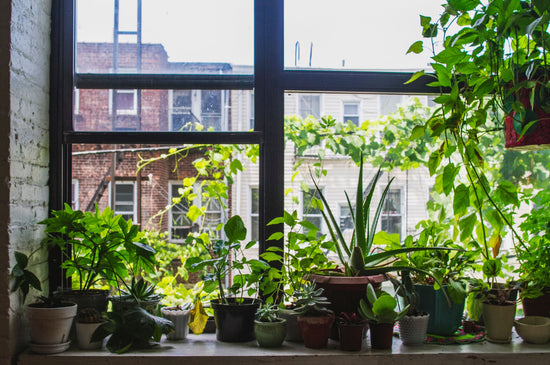Are Tabebuia Tree Roots Invasive? A Comprehensive Guide
Tabebuia trees, known for their stunning blooms and graceful appearance, are popular in landscaping and urban areas. But if you're considering adding a Tabebuia tree to your yard, one common question arises: Are their roots invasive? Understanding the growth habits and root structure of these beautiful trees, such as the Yellow Tabebuia Trumpet Tree, can help you make an informed decision.
Understanding Tabebuia Roots
Tabebuia trees, including varieties like the Tabebuia chrysotricha golden trumpet tree and the Tabebuia rosea, have root systems that are generally non-invasive. Their roots tend to grow more vertically than horizontally, meaning they are less likely to damage sidewalks, driveways, or building foundations. This characteristic makes them an excellent choice for urban and residential landscaping.
Benefits of Tabebuia Trees
-
Compact Root Systems
Unlike trees with aggressive roots, such as ficus or willows, Tabebuia trees have manageable root systems, ideal for smaller spaces or areas near structures. -
Aesthetic Appeal
With breathtaking flowers in shades of yellow, pink, and purple, varieties like the Pink Tabebuia Trumpet Tree add unmatched beauty to any landscape. -
Low Maintenance
Tabebuia trees are drought-tolerant and require minimal pruning, making them easy to care for while enhancing your yard with their vibrant blooms.
How to Plant Tabebuia Trees Safely
To minimize any potential issues, follow these planting tips:
-
Choose the Right Location
Ensure the tree is planted at least 10–15 feet away from buildings or underground utilities to allow room for healthy growth. -
Prepare the Soil
Use well-draining soil to prevent waterlogging, which can affect the root system’s health. -
Water Wisely
Water deeply but infrequently to encourage deep root growth. -
Monitor Growth
Regularly inspect the tree to ensure the roots remain compact and do not extend beyond the expected growth area.
Common Tabebuia Varieties for Your Landscape
-
Yellow Tabebuia Trumpet Tree
Known for its golden blossoms, this tree is both stunning and non-invasive, making it a favorite for residential areas. -
Pink Tabebuia Trumpet Tree
Featuring soft pink blooms, this variety brings elegance and charm to any yard. -
Purple Tabebuia Tree
The purple variety adds a unique splash of color to landscapes, with similar non-invasive root habits. -
Silver Trumpet Tree
This lesser-known variety boasts striking silver bark and delicate flowers, ideal for ornamental use.
FAQs
Q: Are Tabebuia trees safe to plant near foundations?
A: Yes, Tabebuia trees have non-invasive roots and can be safely planted near foundations with proper spacing.
Q: How large do Tabebuia roots grow?
A: The roots grow vertically and stay relatively compact, making them less likely to spread aggressively.
Q: Can Tabebuia trees thrive in urban areas?
A: Absolutely! Their manageable root systems and adaptability to various climates make them ideal for urban settings.
Q: Do Tabebuia trees require special care?
A: No, they are low-maintenance trees that thrive with basic care, such as occasional watering and pruning.
Conclusion
If you're considering adding a Tabebuia tree to your garden, rest assured that their roots are not invasive, making them a safe and beautiful option for any space. Whether you’re drawn to the brilliant golden blooms of the Yellow Tabebuia Trumpet Tree or the soft elegance of the Pink Tabebuia Trumpet Tree, these trees are sure to enhance your landscape with their stunning flowers and manageable root systems. Explore our collection of Tabebuia trees to find the perfect match for your garden.





